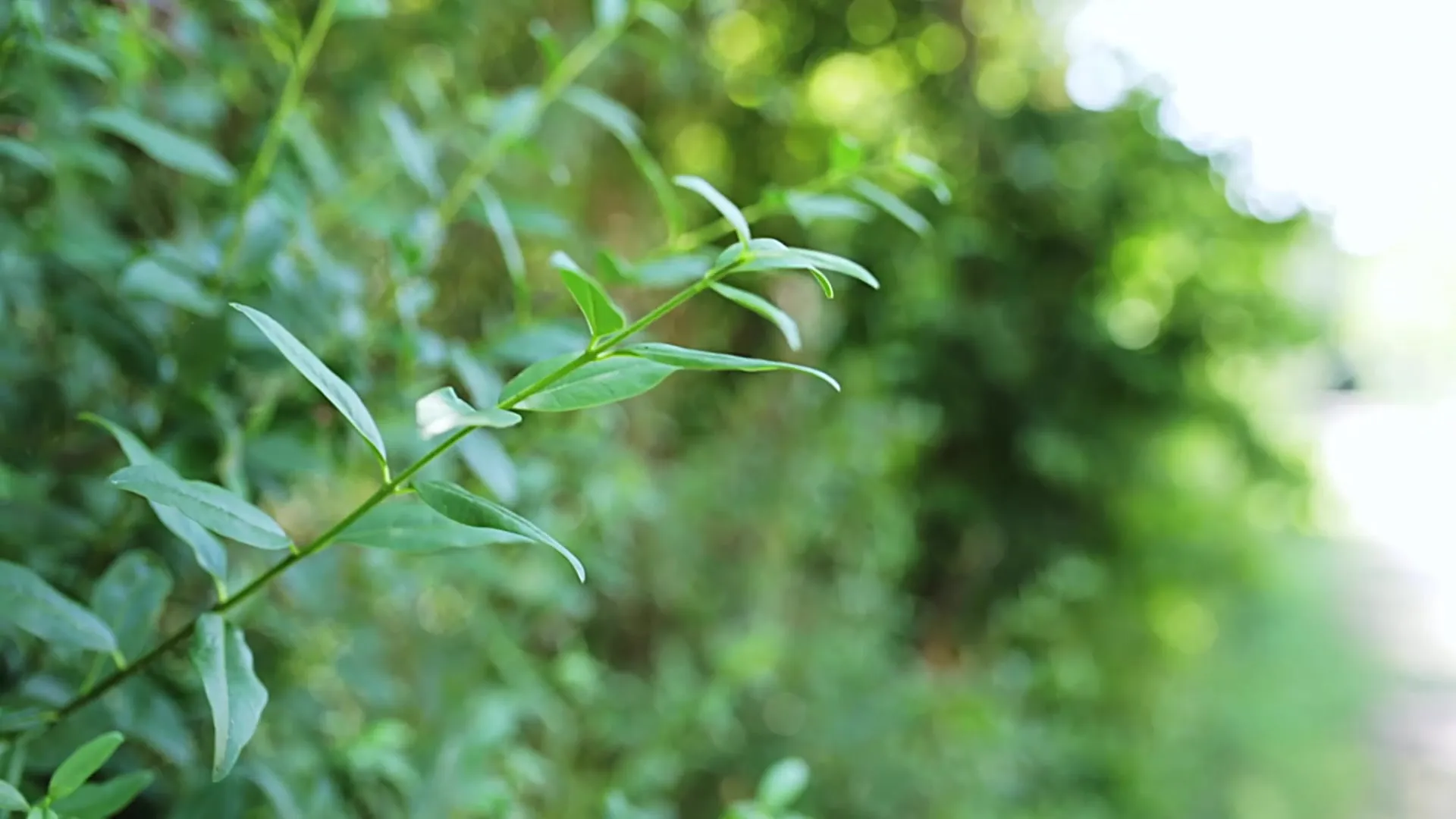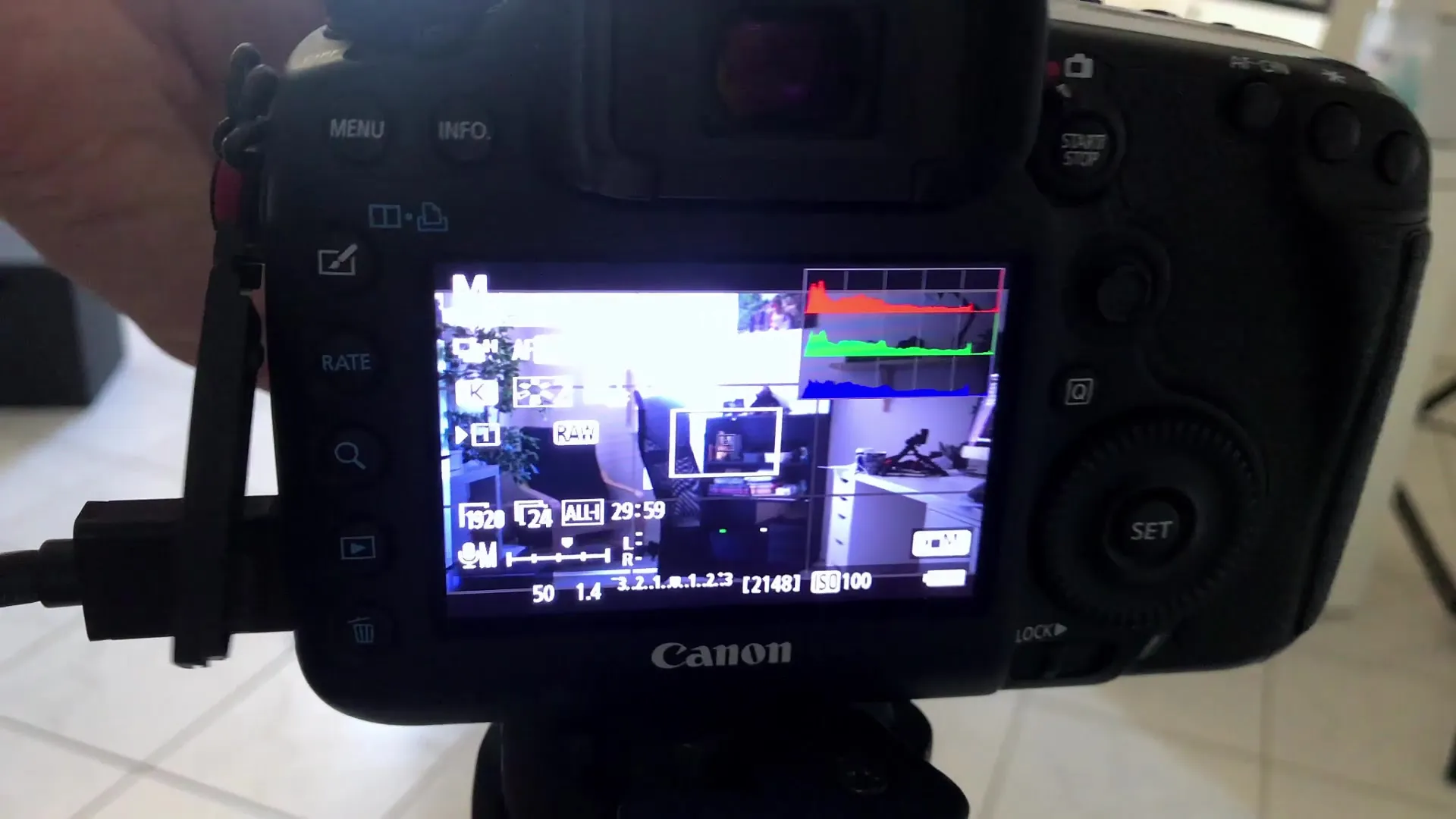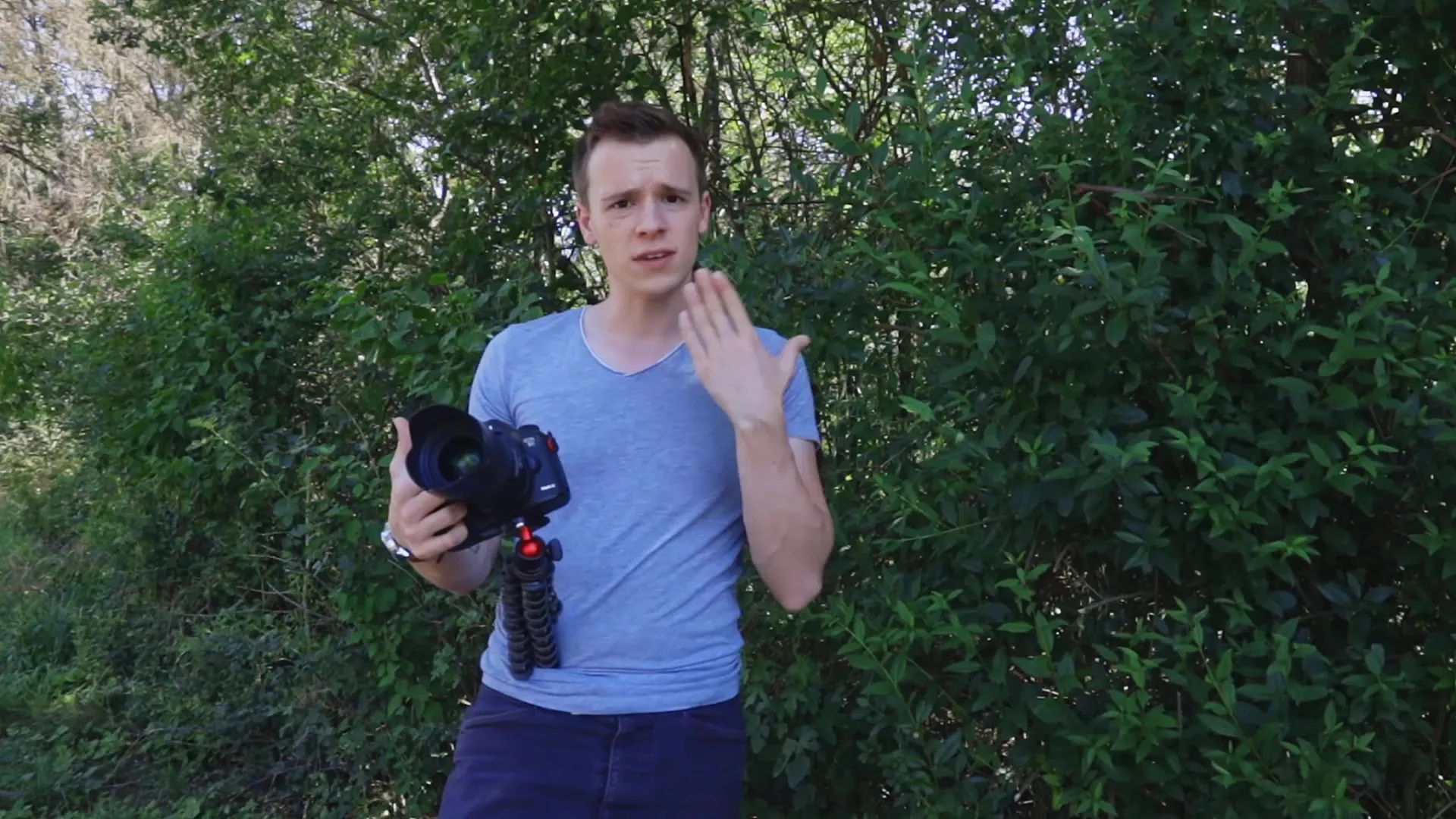Focus is a central element of videography and has a decisive influence on the quality of your recordings. While autofocus can be a useful support in many situations, there are moments when you should consider manual focusing. This tutorial shows you how to approach it effectively and introduces various techniques.
Key insights
- The autofocus is not always reliable, especially with moving subjects.
- Manual focusing requires practice and skill but is essential for precise videography.
- Techniques such as focus peaking and the use of external monitors can make focusing easier.
Step-by-step guide to manual focusing
1. Understand the limitations of autofocus
Not every camera can effectively utilize autofocus while filming. There are situations where face recognition fails or the camera struggles to identify the right subject. Therefore, it is advisable to learn how to focus manually.
2. Use the quick autofocus
If your camera has a quick autofocus feature, it can allow for fast focusing. With quick autofocus, the camera's mirror briefly moves down, speeding up the focusing process compared to contrast-based autofocus. This technique is particularly suitable for stationary situations.
3. Break the focusing down to the subject
To focus sharply on a subject, select the appropriate object, focus on it, and press the record button. As long as you do not noticeably move forward or backward, your subject will remain sharp. A fundamental understanding of how focusing works is crucial.

4. Work with moving subjects
Moving subjects require more practice. Support your camera to ensure stability. One hand should be on the focus ring while the other hand operates the controls. This way, you have more control over your focus.
5. Use an external monitor
A larger monitor can significantly help with focusing as it gives you a better view of the subject. Such monitors often have features like focus peaking, which allows you to see which areas of the image are in focus.

6. Consider the depth of field
When filming, you should always keep an eye on the depth of field. The focus extends in a plane parallel to the camera. This means that everything located on this plane is in focus, while everything in front of or behind it remains out of focus.

7. Keep the aperture in mind
The aperture has a major impact on the depth of field. While a wide-open aperture (e.g., 1.8) has a narrow depth of field, a f-stop of 22 significantly increases this but does not provide the best quality for video recordings. Stopping down can be helpful to capture more details in the image.
8. Transition and practice techniques
When filming, practice regularly to refine the technique of manual focusing. You can experiment with different subjects and discover how the aperture affects focusing. It can be a challenge, but over time you will improve.
Summary – Manual focusing in video: Step-by-step guide
Manual focusing requires practice and a certain level of technical understanding. If you master the basics and apply techniques such as focus peaking and the use of external monitors, you will be able to enhance your video recordings and achieve precise focus. Don’t be discouraged if it seems difficult at first – practice makes perfect.
Frequently Asked Questions
How does quick autofocus work?Quick autofocus briefly moves the camera's mirror down to complete focusing faster.
What is focus peaking?Focus peaking is a feature that highlights areas in the image that are in focus, often with colored lines.
Why should I use an external monitor?An external monitor provides a larger viewing area and can offer features like focus peaking, making focusing easier.
How can I improve my focusing technique?Regular practice and experimenting with different subjects will help you refine your technique.
What influence does the aperture have on depth of field?A wide-open aperture has a narrower depth of field, while a closed aperture has a more significant effect on sharpness.


